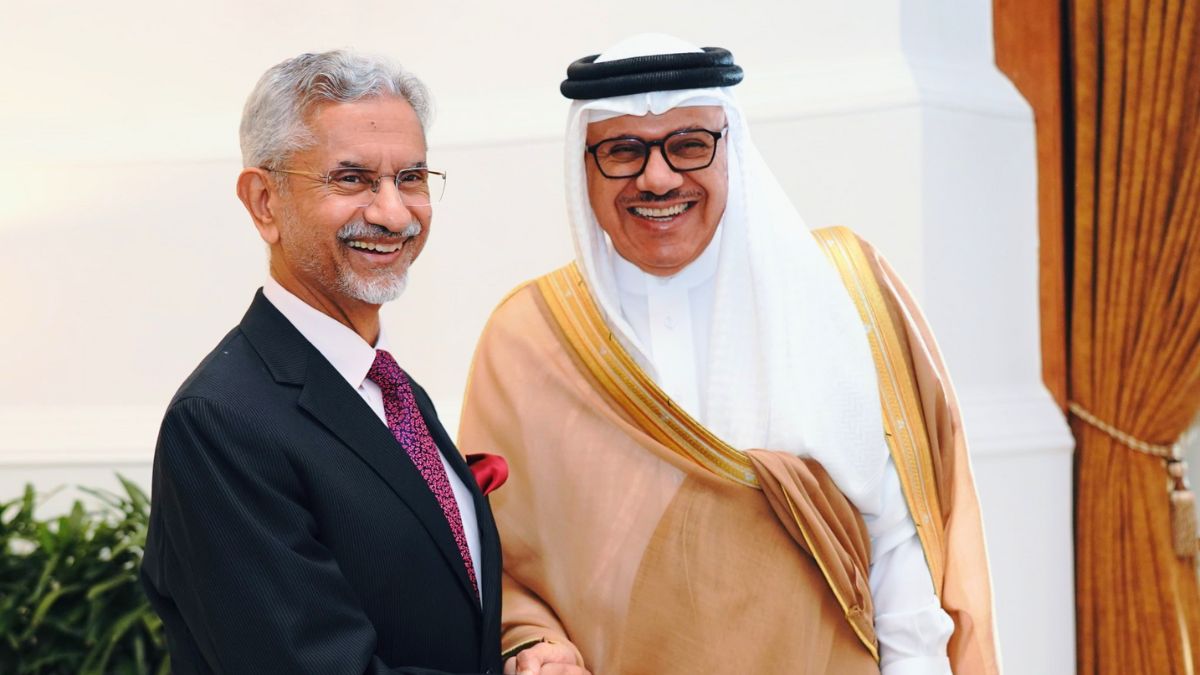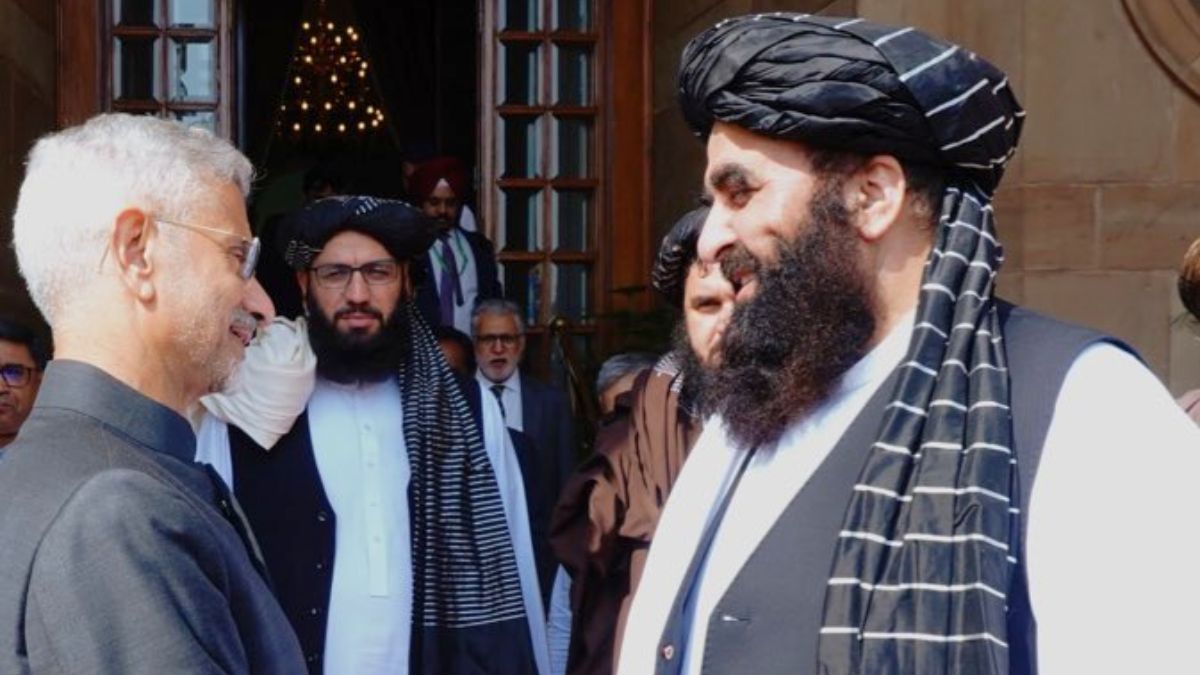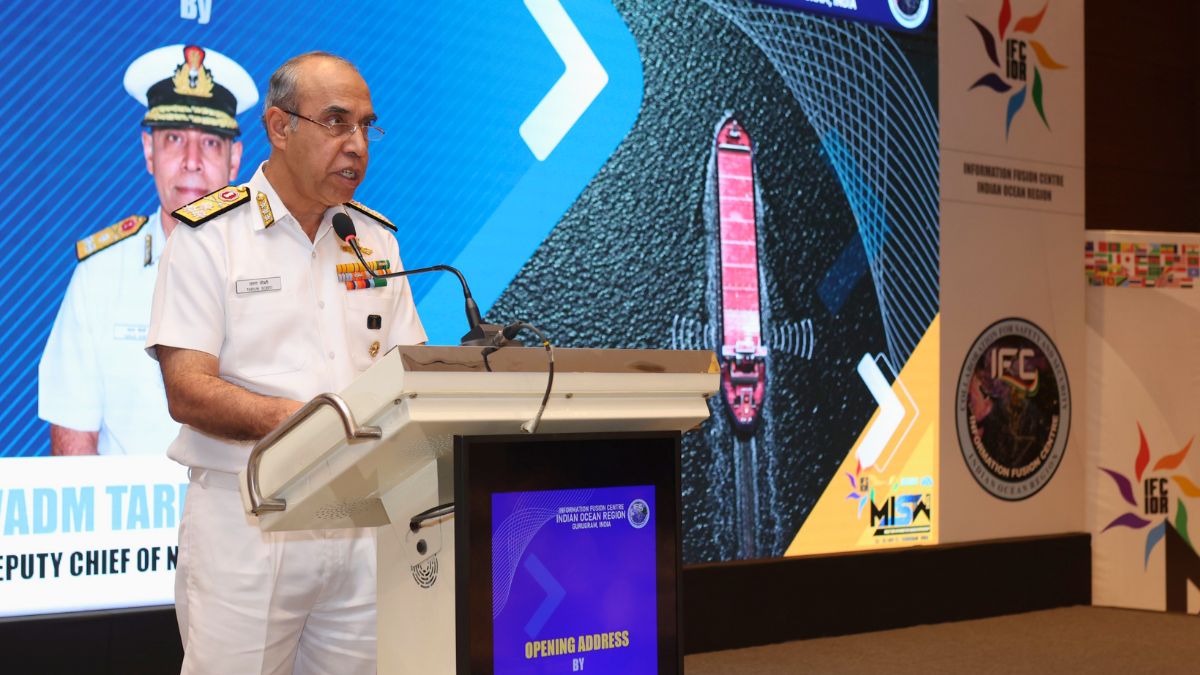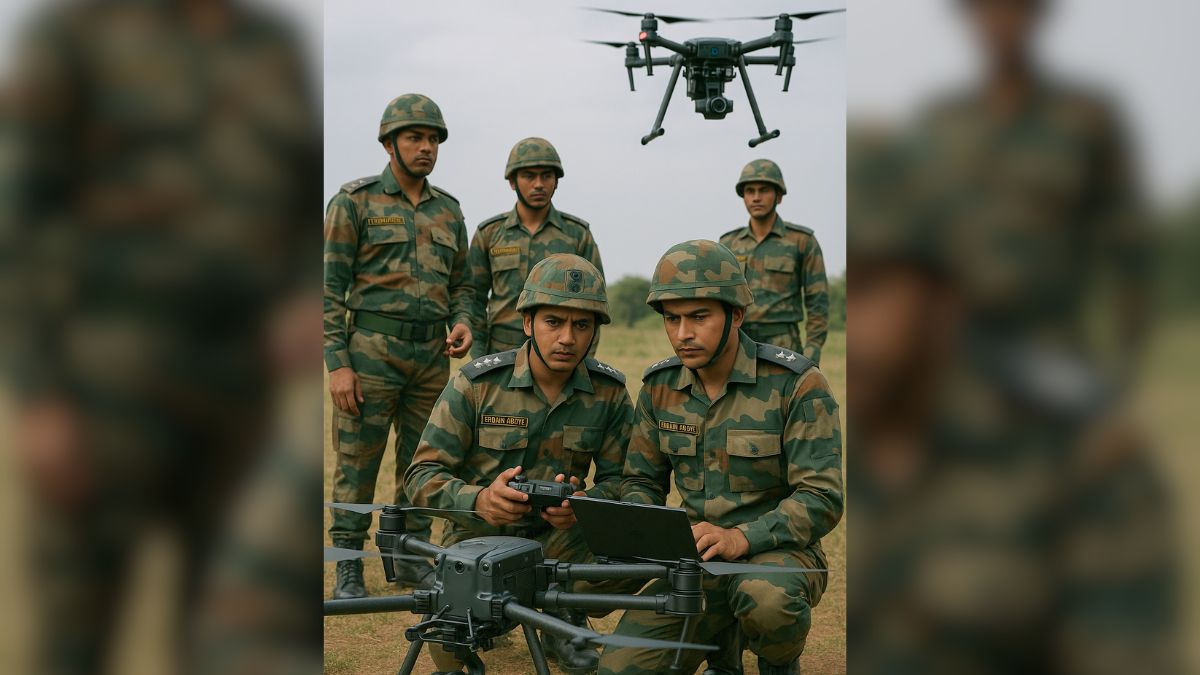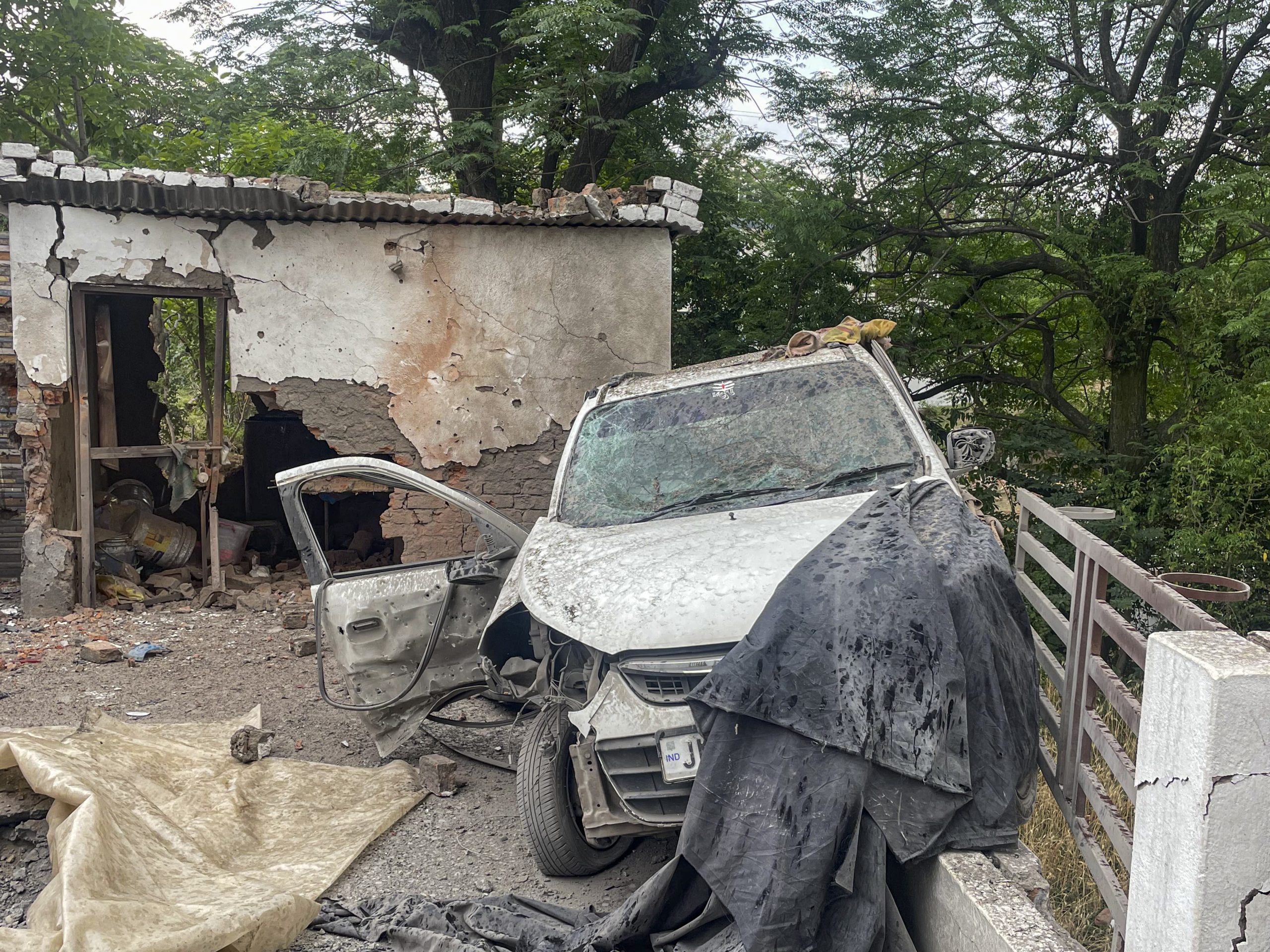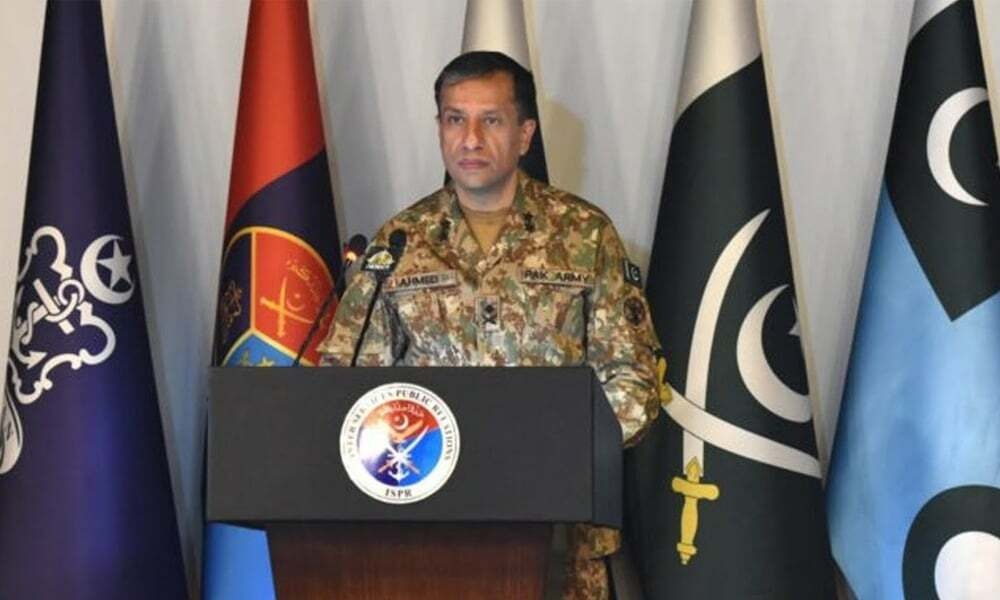India-Mongolia Military Drill ‘Nomadic Elephant’ Underway in Ulaanbaatar: Here’s Why It Matters
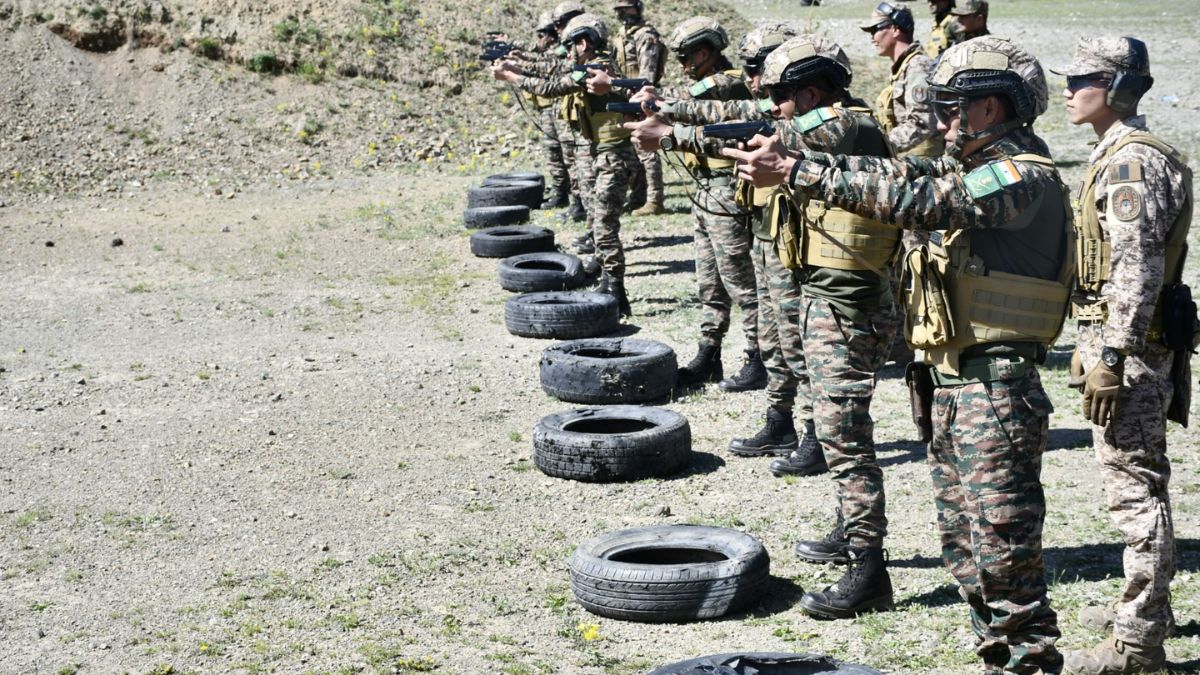
Indian and Mongolian military personnel are seen training together in this image from the Nomadic Elephant 2025 exercise. Image courtesy: Indian Army
The 17th edition of the India-Mongolia joint military exercise, Nomadic Elephant 2025, is currently being conducted at the Special Forces Training Centre in Mongolia’s capital. The ongoing bilateral engagement aims to enhance tactical cooperation and joint operational readiness, particularly in non-conventional warfare and UN peacekeeping scenarios.
The exercise emphasises interoperability in mountainous and semi-urban terrains and suggests a shared interest in building capacity for rapid, coordinated responses to global security threats. The drill also marks a step forward in India’s strategic outreach to Central Asia.
How does Nomadic Elephant improve India-Mongolia defence cooperation?
The joint training includes an array of tactical drills that simulate UN-mandated peacekeeping operations, along with counter-terrorism and precision sniping exercises. These simulations are designed to improve coordination between Indian and Mongolian troops in real-world scenarios where multinational cooperation is crucial.
Participants are sharing operational tactics, combat experience, and best practices, strengthening their ability to function effectively under joint command. The bilateral engagement aligns with India’s broader strategy of enhancing military partnerships with friendly nations in the Indo-Pacific and Central Asian regions.
What kind of training is being conducted in this edition?
Nomadic Elephant 2025 features intensive field exercises in mountain warfare and semi-urban combat, a nod to the geographical challenges that both armies often face. The training modules are structured to build readiness for high-stress missions in complex terrains, from counterinsurgency to humanitarian interventions.
In addition to hands-on combat drills, soldiers are being trained in team-based operational coordination, decision-making under stress, and hostage rescue protocols. These activities are aimed at creating a seamless response mechanism that can be deployed in multinational missions or natural disaster scenarios.
What is the nature of India–Mongolia military ties?
India and Mongolia signed a Comprehensive Partnership in 2015 during Prime Minister Narendra Modi’s historic visit—the first-ever by an Indian PM to Mongolia. The same year, a Defence Cooperation Agreement was signed, enhancing military-to-military engagement, training, and information sharing.
India offers training slots to Mongolian officers at its premier military institutions, including the Indian Military Academy (IMA), Defence Services Staff College (DSSC), and National Defence College (NDC).
India also provides capacity-building support in cyber security, military medicine, and peacekeeping.
